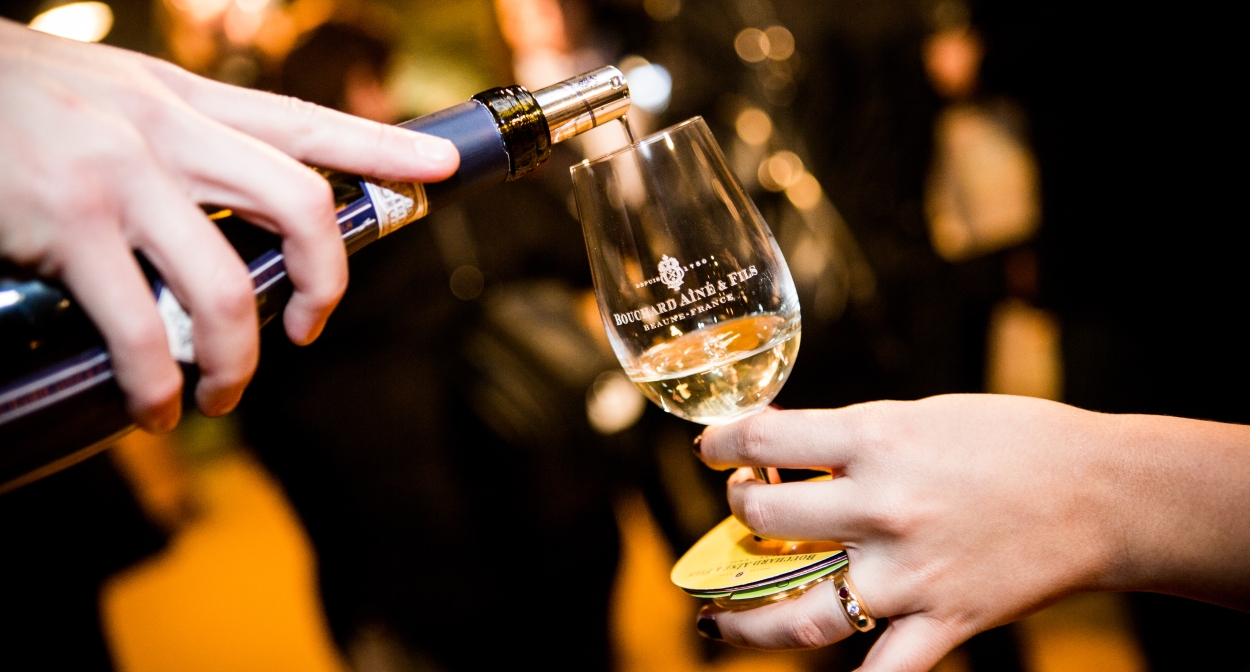The Five Senses in Wine Tasting

The world of wine is a sensory adventure, a delightful journey that engages all five senses in a captivating dance. When you approach a glass of wine, the experience begins long before the first sip. The vibrant colors that swirl within the glass beckon your eyes, offering a visual feast that hints at the wine's character. From the deep purples of a robust Cabernet Sauvignon to the pale straw hues of a crisp Sauvignon Blanc, the visual aspect alone can set the stage for what’s to come. Observing the clarity and viscosity can also provide insights into the wine’s age and body, enriching the anticipation of tasting.

As you bring the glass closer, the aromas wafting from the wine envelope your senses, inviting you into a world of fragrant exploration. Swirling the wine releases a bouquet of scents, each telling its own story. Floral notes, ripe fruits, earthy undertones, and even hints of oak or spice intertwine, creating a complex olfactory profile. This aromatic experience is crucial in wine tasting, as the nose can often reveal more about the wine than the palate. Take a moment to inhale deeply, allowing the aromas to transport you to the vineyard, where the grapes were nurtured by the sun and soil.
Once you’ve savored the visual and aromatic elements, it’s time to taste. The first sip is where the magic happens, as the wine interacts with your palate, revealing layers of flavor that dance across your tongue. Sweetness, acidity, tannins, and alcohol create a symphony of sensations. Is it fruity or earthy? Does it have a refreshing crispness or a rich, velvety texture? Each taste offers a new perspective on the wine, inviting you to dissect its complexity and appreciate the craftsmanship behind it. Pairing wine with food elevates this experience further, as flavors harmonize or contrast, leading to delightful culinary revelations.

The sense of touch also plays a vital role in wine tasting, as the weight of the wine in your mouth contributes significantly to your overall experience. The texture can range from silky smooth to pleasantly gritty, with each sensation adding depth to the tasting. The temperature of the wine can also influence your perception; a chilled white can feel refreshing and vibrant, while a room-temperature red can envelop your palate in warmth. Understanding how these tactile sensations affect your enjoyment can enhance your ability to articulate what you love about a particular wine.
Finally, let’s not forget the power of sound in this sensory symphony. The gentle clink of glasses, the soft swish of wine in a glass, and even the laughter and chatter of fellow enthusiasts can create an atmosphere that enhances your tasting experience. Wine tasting isn't just about the wine itself; it's about the community, the shared moments, and the joy of discovery. Engaging all five senses allows wine enthusiasts to fully immerse themselves in the experience, fostering a deeper appreciation for each bottle opened and every toast made. Embrace this sensory journey, and you’ll find that wine tasting is as much about the experience as it is about the wine itself.

